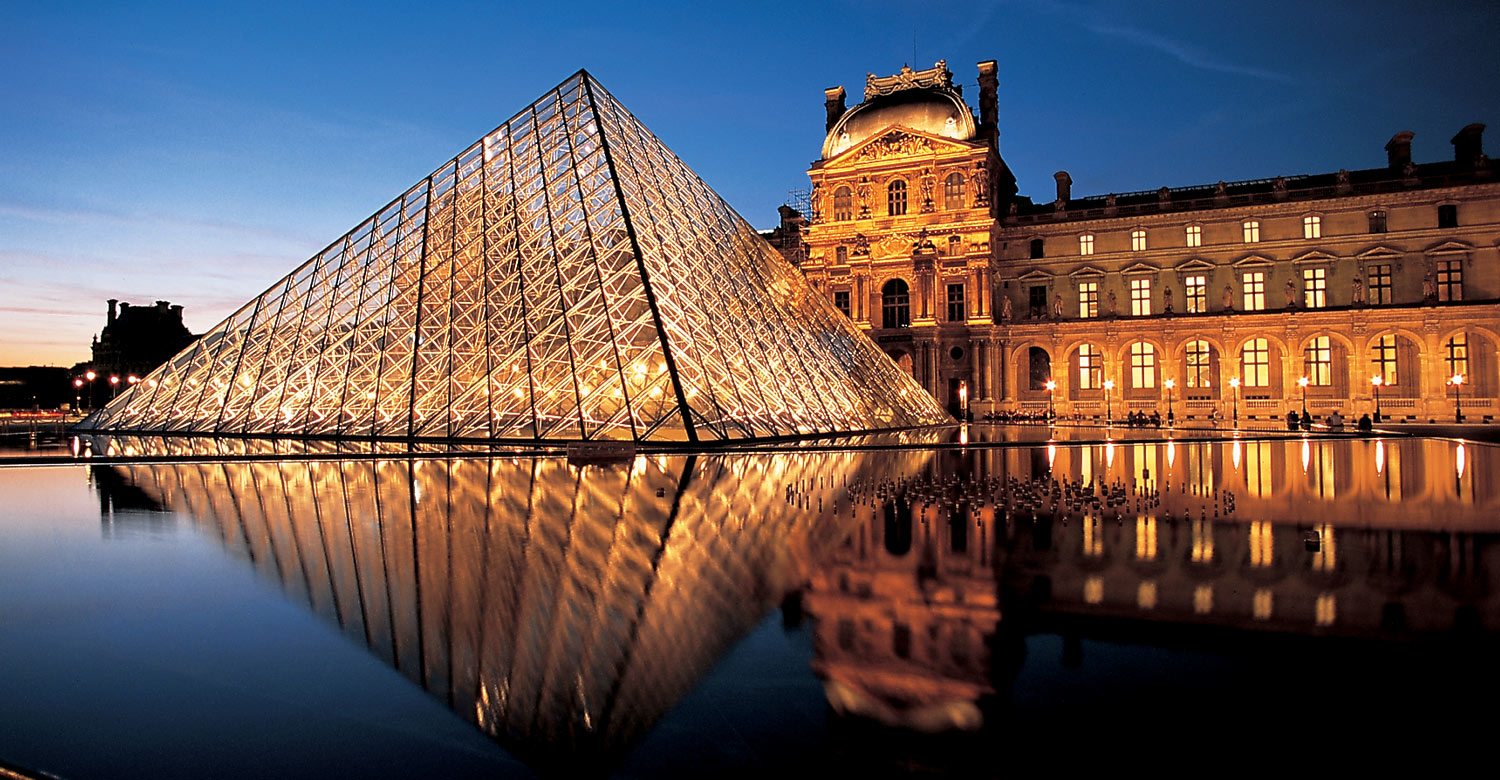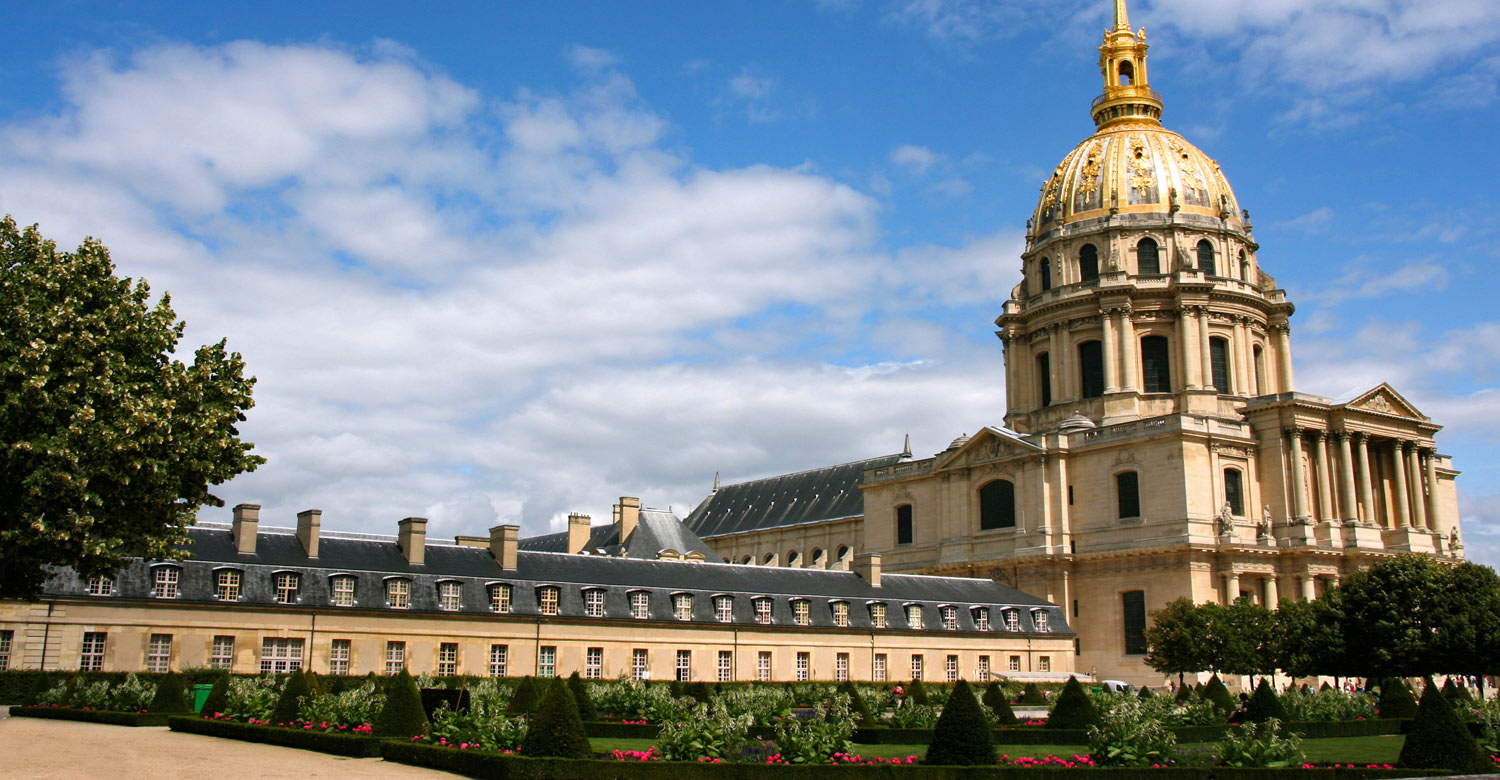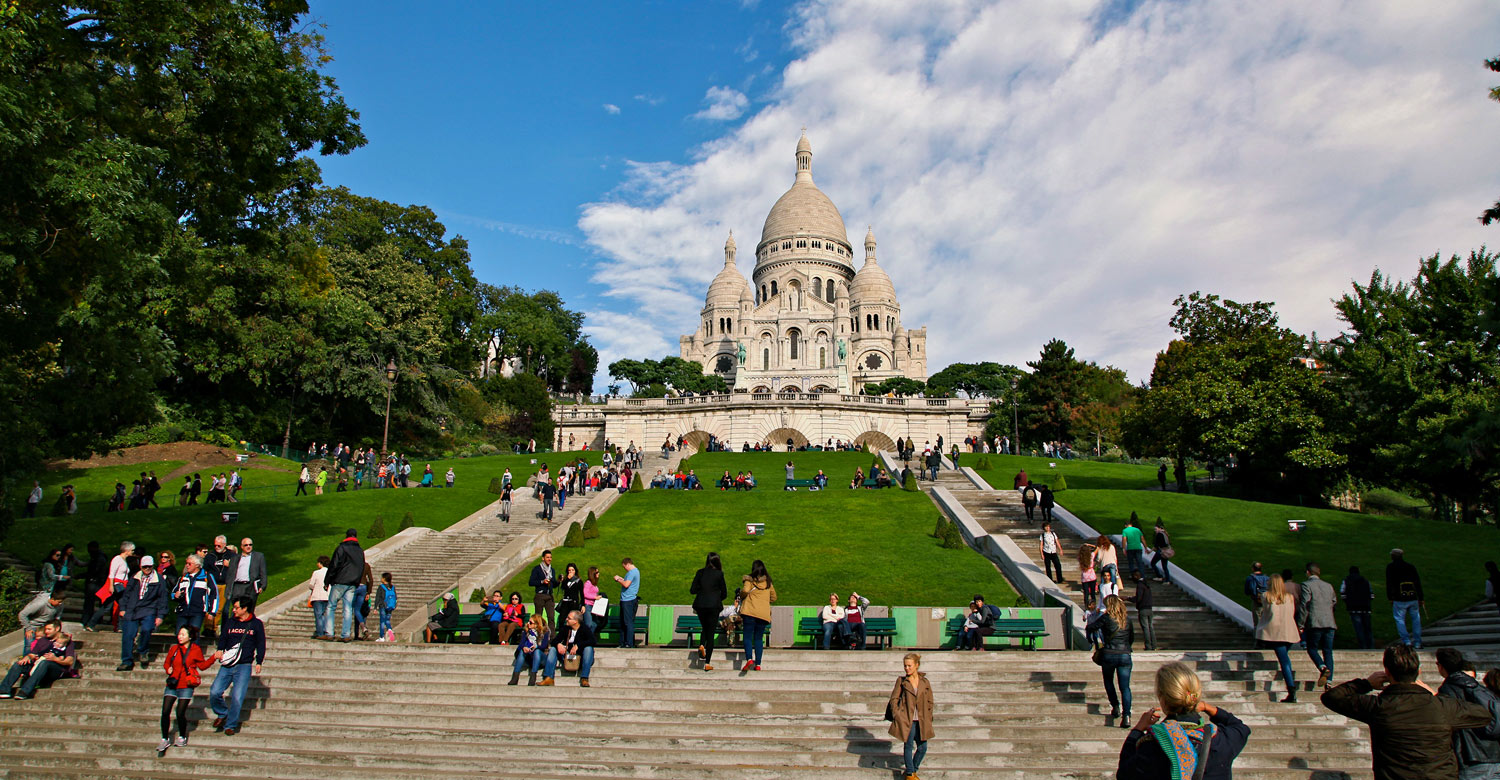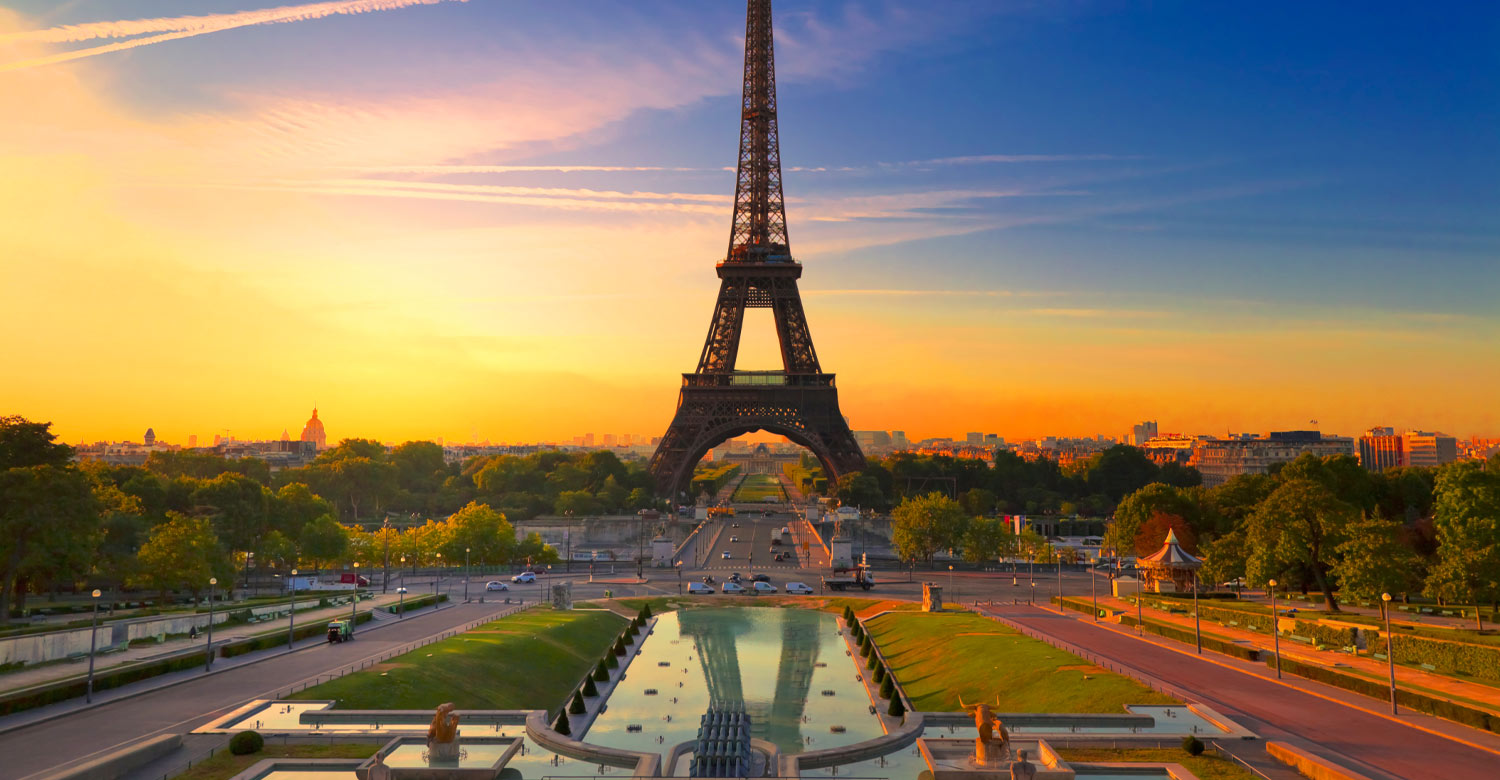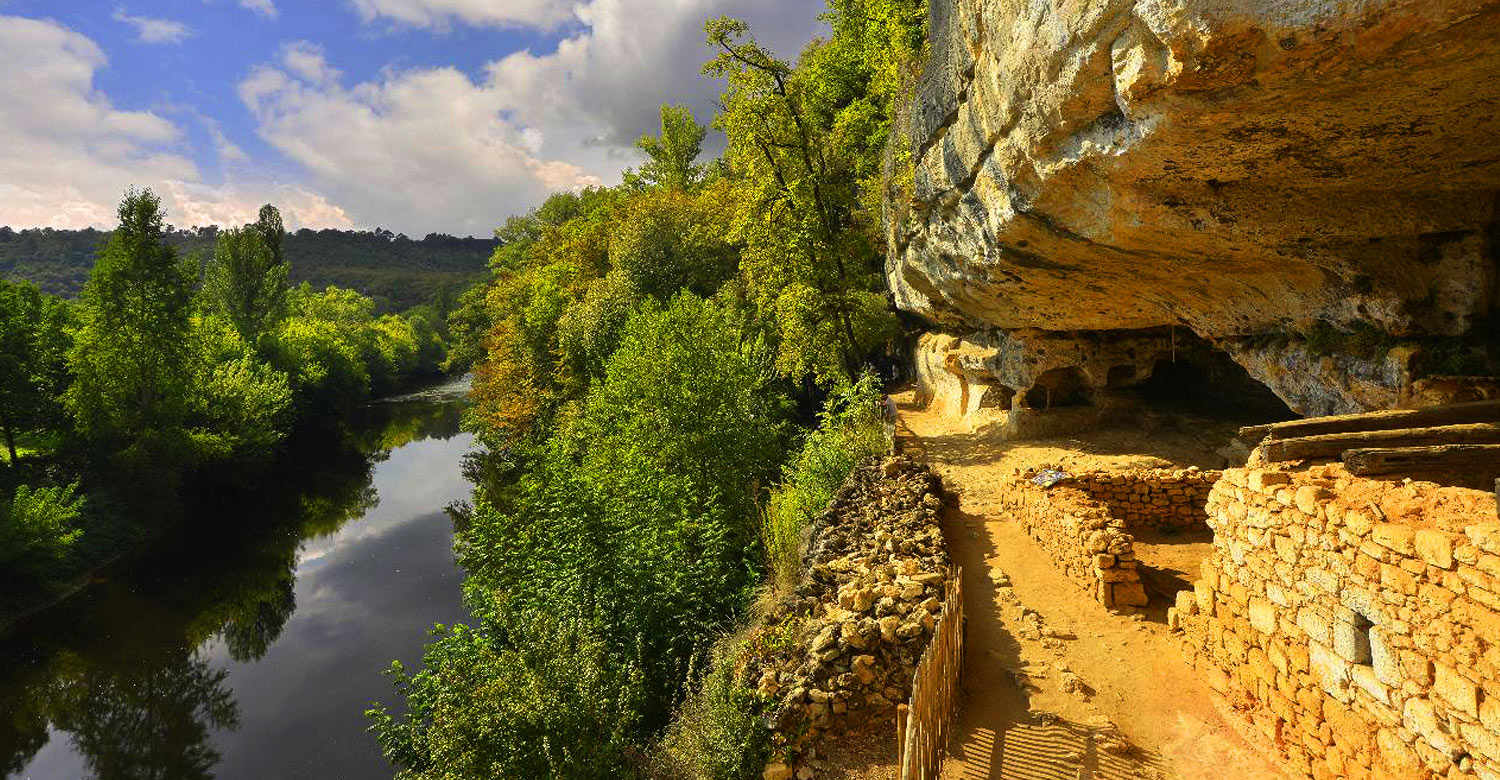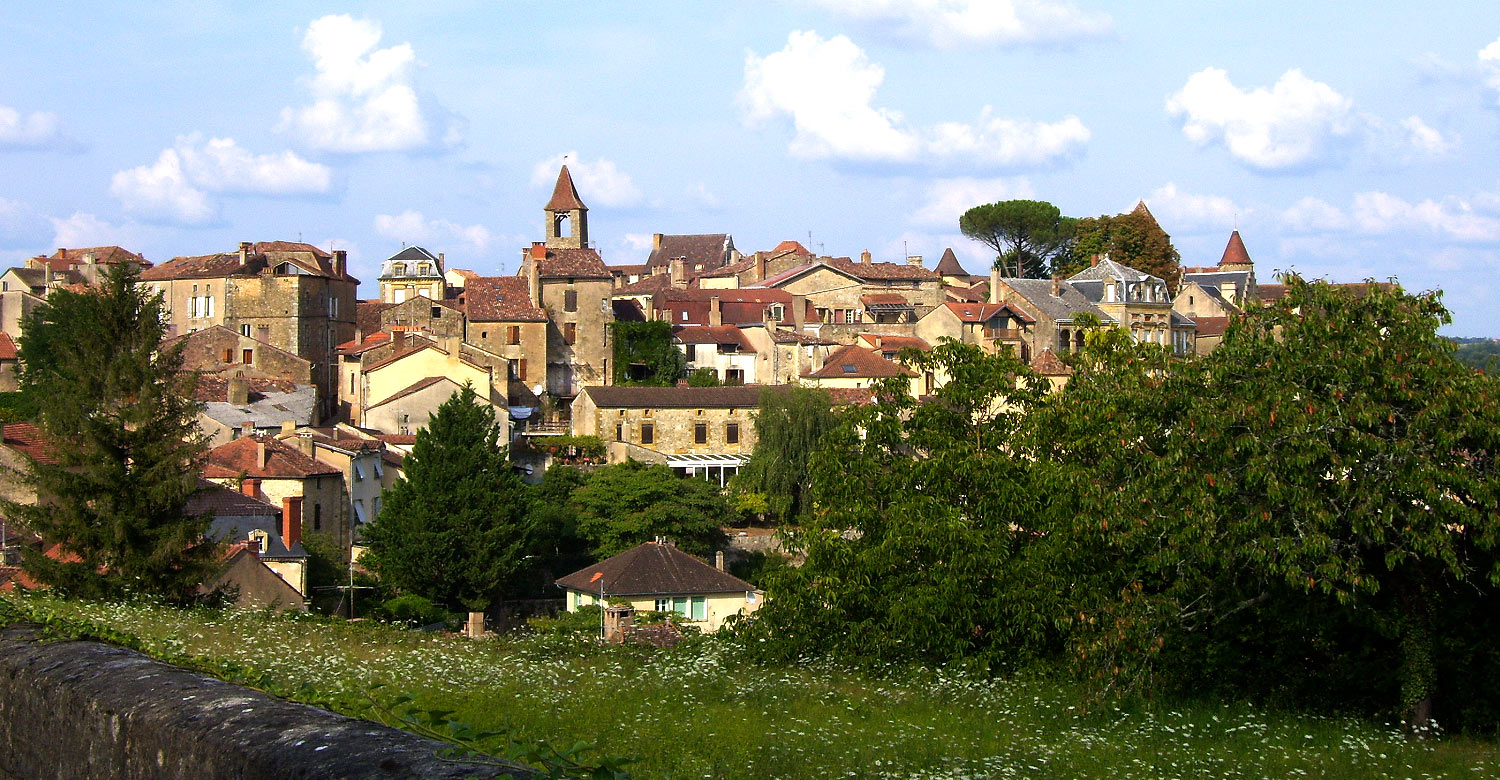Counting Castles: 10 Fairytale Chateaux of the Loire Valley
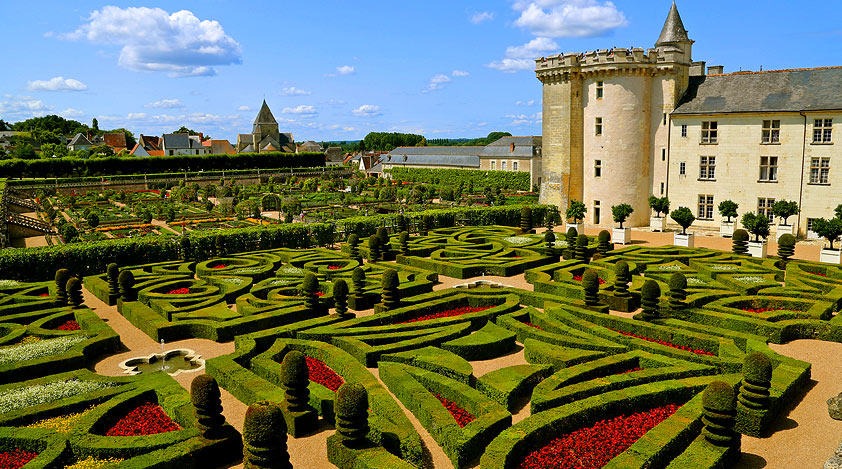
Posted by on 01 Nov 2019 , in Europe
No place is more saturated with breathtaking castles, sprawling estates, grand manor houses and vibrant colourful gardens than the fabled Loire Valley in France. Known as the Garden of France because of its many orchards, vineyards and asparagus fields, the Loire Valley is located right smack in the middle stretch of the Loire River, spanning 280 kilometres and including not just isolated châteaux but whole towns and cities notable for their historical significance. Cruise the length of the river and it will be as though you’ve travelled back in time as you pass through Amboise, Angers, Bloise, Chinon, Orléans, Tours and other old towns.
The Loire Valley has countless natural wonders to see no doubt, but what really lures in millions of travellers from all around the world is its array of mind-numbingly beautiful châteaux. Surrounded by sprawling vineyards and quaint villages and distinguished by soaring cupolas, crenelated towers and elaborate banquet halls, the Valley’s châteaux are totally straight out of storybooks Cinderella would have been so at home.
CHÂTEAU DE CHENONCEAU
Château de Chenonceau is a perfect example of what happens when powerful women take charge, earning it the nickname “Le Château des Dames” or “The Ladies’ Castle”. Allegedly the most photographed château in the Valley, the absolutely lovely Chenonceau languidly spans the River Cher and hogs the top spot of most Loire travel itineraries. It also doesn’t matter if it is a land tour or a river cruise — Chenonceau surely ranks high in the must-see list. King Henry II gave the castle to Diane de Poitiers, his mistress, in 1547 as a gift, much to the chagrin of his wife, the formidable Catherine de Medici. Diane started several renovation projects including enlarging the castle to arch over the river and connect it to the opposite bank. Henry died in 1559 though, and Catherine wrestled Chenonceau from Diane. She added the yew-tree maze and the rose garden that many visitors enjoy today.
Walk its beautiful labyrinthine grounds, explore the secrets of its elaborate halls and have a one-of-a-kind experience passing under its graceful arches aboard a barge. The many paths in the garden present a lovely opportunity for a walk and inside the château is a fabulous art collection. Masterpieces by Correggio, Tintoretto, Ribera, Rubens and Van Dyck grace the castle’s galleries including a really good portrait of Louis XIV.
CHÂTEAU DE CHAMBORD
With over 7 million visitors a year, the imposing Château de Chambord is the Loire Valley’s superstar and the closest rival to Versailles in terms of beauty and grandeur. The massive “unfinished” château sits in a 5,500-hectare park and contains 400 rooms, 365 fireplaces and more than 80 staircases! All that for a mere “hunting lodge” of Francis I. Did you know that he even planned to divert the Loire River so it would pass in front of the château? Francis’s love of Italian architecture was so great rumour has it Leonardo da Vinci himself was commissioned to work on Chambord. There’s nothing to prove da Vinci really worked on the château of course, but just look at the fascinating double spiral staircase constructed so as one can go down and another climb up without ever meeting, and it’s hard not to see Leonardo’s genius.
Visit Chambord late in the afternoon and watch as its graceful pinnacles, pointed domes and numerous fairytale towers get vividly reflected in the surrounding waters at sunset, creating a dramatic picture that you will surely remember forever.
CHÂTEAU D'USSÉ
Once upon a time a writer named Charles Perrault took one look at a castle at the edge of the Chinon Forest and fell in love. Not long after that, the world was introduced to Sleeping Beauty.
With Late Gothic and Renaissance features, plenty of turrets, a sloping roof and a glistening white façade, Château d'Ussé sure does look the part of a fairytale castle. It overlooks the Loire and Indre rivers from its perch, offering unlimited spectacular views of the surrounding countryside. Feel the magic in the air as you step into the opulent entrance hall with Renaissance drawers and wood panels. And the staircase! We’re pretty sure that spiral marvel got Disney’s stamp of approval.
CHÂTEAU D’AMBOISE
Overshadowing the town from its spur above the River Loire, Château d’Amboise still commands attention and inspires awe even though much of its original structures did not survive the years. Valois and Bourbon kings greatly favoured Amboise as a royal retreat in its heyday, and one can only imagine the grand parties hosted in its grounds.
Visit the furnished Logis (Lodge) du Roy which combines both Gothic and Renaissance designs, or pay your respects to the great Leonardo da Vinci in the Flamboyant Gothic Chapelle St-Hubert which houses the master’s presumed remains. For panoramic views of the town and river, go to the ramparts! Want some bit of macabre story from the past? Around 1200 summary executions happened in the château in 1560 when the Catholics brutally supressed a Huguenot rebellion. Countless corpses decorated the château's façade back then.
CHÂTEAU DE CHEVERNY
Geometry and symmetry married beautifully in the elegantly proportioned Château de Cheverny, known as the perfect example of French classical architecture at its height. It remained virtually unchanged for generations so what visitors see now is pretty much exactly what people saw centuries ago when the château was constructed in the 1600s.
Some of the most sumptuous and opulently furnished rooms in the entire Loire Valley is inside. The formal dining room boasts panels depicting Don Quixote’s story, the king’s bedchamber features ceiling murals and tapestries depicting Greek myths, and there’s also an impressive children’s room that still has toys from Napoleon III’s time. Pikestaffs, crossbows, claymores and complete suits of armour fill the arms room. Keep an eye out for a tiny gilded armour made to fit a four-year-old duke and a Gobelins tapestry so amazingly preserved you can still see the reds.
CHÂTEAU D’AZAY-LE-RIDEAU
Ah, the diamond of the Indre! Standing guard on an island in the Indre River, Château d’Azay-le-Rideau is a solid example of early French Renaissance architecture. It was built between 1519 and 1527 as a feudal castle to protect the road from Tours to Chinon and named after its owner Rideau d’Azay, a knight in the service of Philip II Augustus. The Hundred Years War burnt it to the ground in 1418 and remained a ruin until 1518 when Gilles Berthelot, the Treasurer-General of the King and the Mayor of Tours, started to rebuild it.
Admire the remarkable 17th century hunting scenes in the renowned White Room and the portraits of different royals adorning the royal apartments. The château’s 19th century landscaped gardens also beckon travellers to kill some time and the image of the château reflected in the mirror lakes is definitely something to see.
CHÂTEAU DE BLOIS
The walls of Château de Blois sheltered seven French kings, saw Joan of Arc blessed in 1429 and witnessed more than a fair share of bloody murders. Duke Henry I de Guise, arch-rival to King Henry III, was murdered by royal bodyguards known as “the Forty-five” in the King’s Bedchamber on the second floor. Cardinal de Guise, the duke’s brother, was killed the next day in the dungeons. Make sure to listen to your guide in Blois as there are plenty of interesting stories related to the castle.
More than its gruesome but magnetic history, Blois’s extraordinary architecture will make you want to come closer and explore inside. Immerse yourself in the castle’s historical and architectural heritage as you venture into its four grand wings or step into the richly-painted 13th century Hall of the States-General. The spiral loggia staircase, considered the château’s most astounding feature, dazzles visitors in the Renaissance wing while its curly Fs and fierce salamanders, Francis I’s heraldic symbols, beg for attention. Don’t forget to check out the Queen’s Chamber where the infamous Catherine de Medici, Henry II’s wife and queen, breathed her last in 1589. The secret cupboards behind the elaborate wall panels are said to be where the queen stashed her poisons.
CHÂTEAU DE VILLANDRY
It’s a bit hard to stand out in a place where beautiful gardens are commonplace, but Château de Villandry does an easy job of it with its jaw-dropping gardens. Visit Villandry and its six hectares of ornamental vines, manicured lime trees, cascading flowers, sharp box hedges and sparkling fountains will take your breath away right off the bat.
See your reflection in the ornamental Louis XIV mirror pond at the centre of the sunken Water Garden, attain spiritual growth in amidst the hornbeam hedges of the Maze, ponder about the varied forms of love in the vibrant flowerbeds of the Ornamental Garden, delight your senses with the arresting array of multi-coloured and multi-scented perennials in the Sun Garden, experience the combined scent of 30 varieties of aromatic, culinary and medicinal herbs of the Herb Garden said to be reminiscent of the walled gardens of medieval monasteries, and let your mind be blown away by the nine equally-sized patches of flowers and vegetables of the fascinating Kitchen Garden. Whatever the season, the gardens of Villandry are ready to receive you.
CHÂTEAU DE VALENÇAY
The French novelist and memoirist George Sand was known to have said of Valençay that “no king has owned a more picturesque park". Plopped in a 53-hectare park boasting of countless flowerbeds, splendid gardens and open spaces, the Baroque-Renaissance Château de Valençay is indeed a sight to behold. The vast chateau grounds include a centuries-old deer park and the Princes’ forest that is best explored on foot.
Go inside and you’ll see that Charles-Maurice de Talleyrand, Napoleon’s foreign minister, spared no expense in furnishing Valençay’s interior. Ornate tables, embroidered chairs, exquisite clocks, delicate chandeliers and Chinese vases adorn the country manor’s hundred rooms, not to mention the fine portraits of Talleyrand’s ancestors. There’s even a mini theatre in the Empire style which Talleyrand added for the entertainment of the Princes of Spain who were kept prisoners in the chateau for six years.
CHÂTEAU DE LANGEAIS
Perhaps the most medieval of all the Loire Valley châteaux, the awe-inspiring Château de Langeais on its promontory will make your heart skip a beat with its massive towers and crenelated ramparts. It was first founded as a medieval castle in 992 by the Count of Anjou, then rebuilt as a château by King Louis XI after it was destroyed during the Hundred Years War. The inside and out are both superbly preserved, looking as much as it had at the end of the Middle Ages complete with flagstoned chambers with Flemish and Aubusson tapestries and original furniture dating back to the 15th century. Langeais is a centuries-old reminder of the historic moment when Charles VIII married Anne of Brittany within its walls in 1491, thus uniting France and Brittany. In fact, there’s a life-size wax-figure tableau of the wedding in one room.
To those interested in medieval warfare and castle defense, the Chemin de Ronde or Parapet Walk will let you walk on the ramparts and imagine what it was like when knights still man the castle’s walls. Be sure to check out the gaps underfoot used for pouring boiling oil, dung and rocks on attackers!
Some popular packages from France Holiday Packages and Travel Deals
Subscribe now for your chance to win
a $500 Travel Voucher
Be the first to hear about our new Holiday Packages

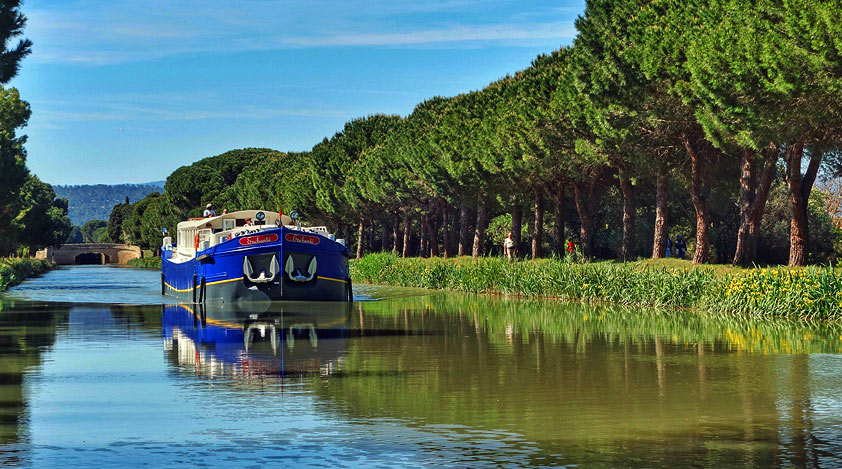










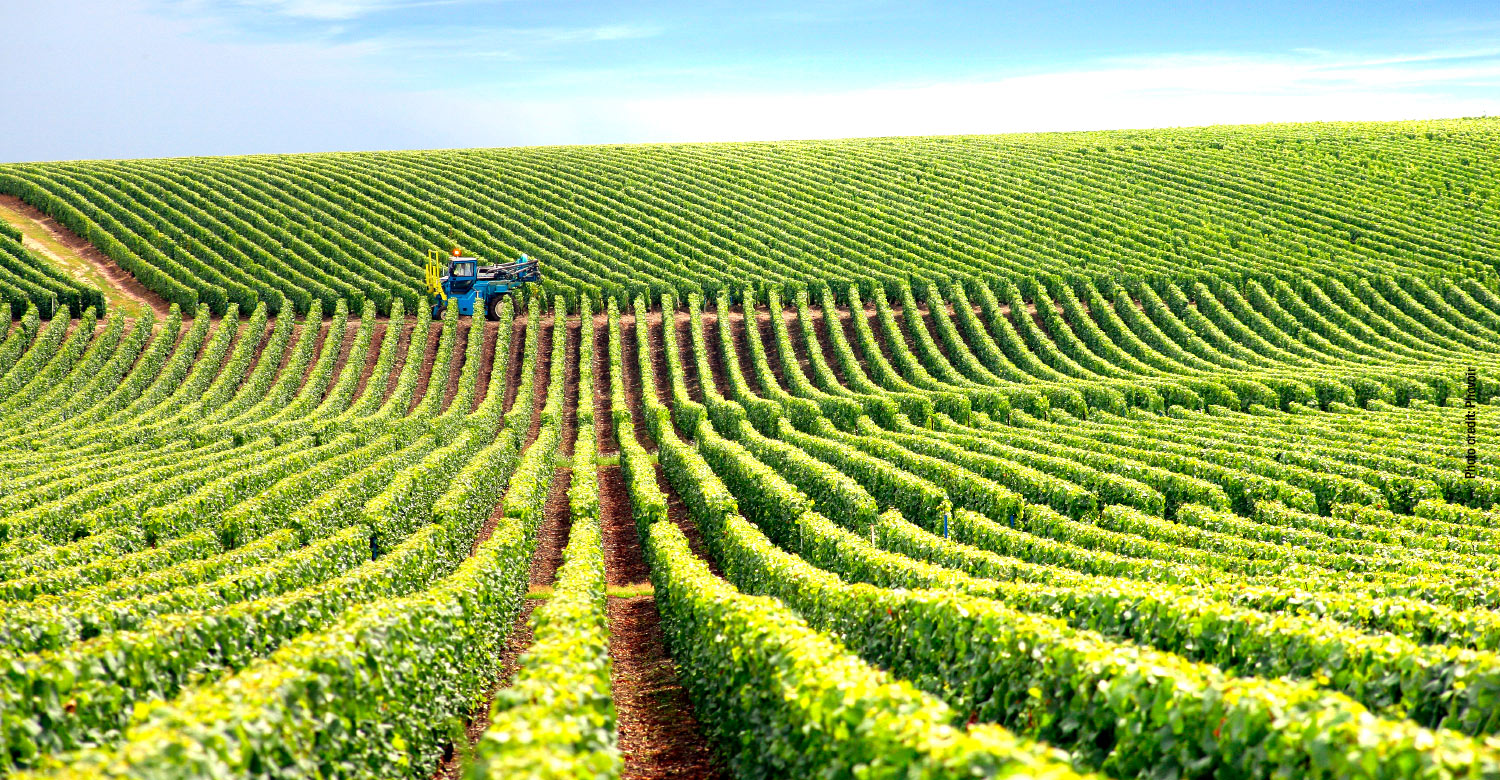

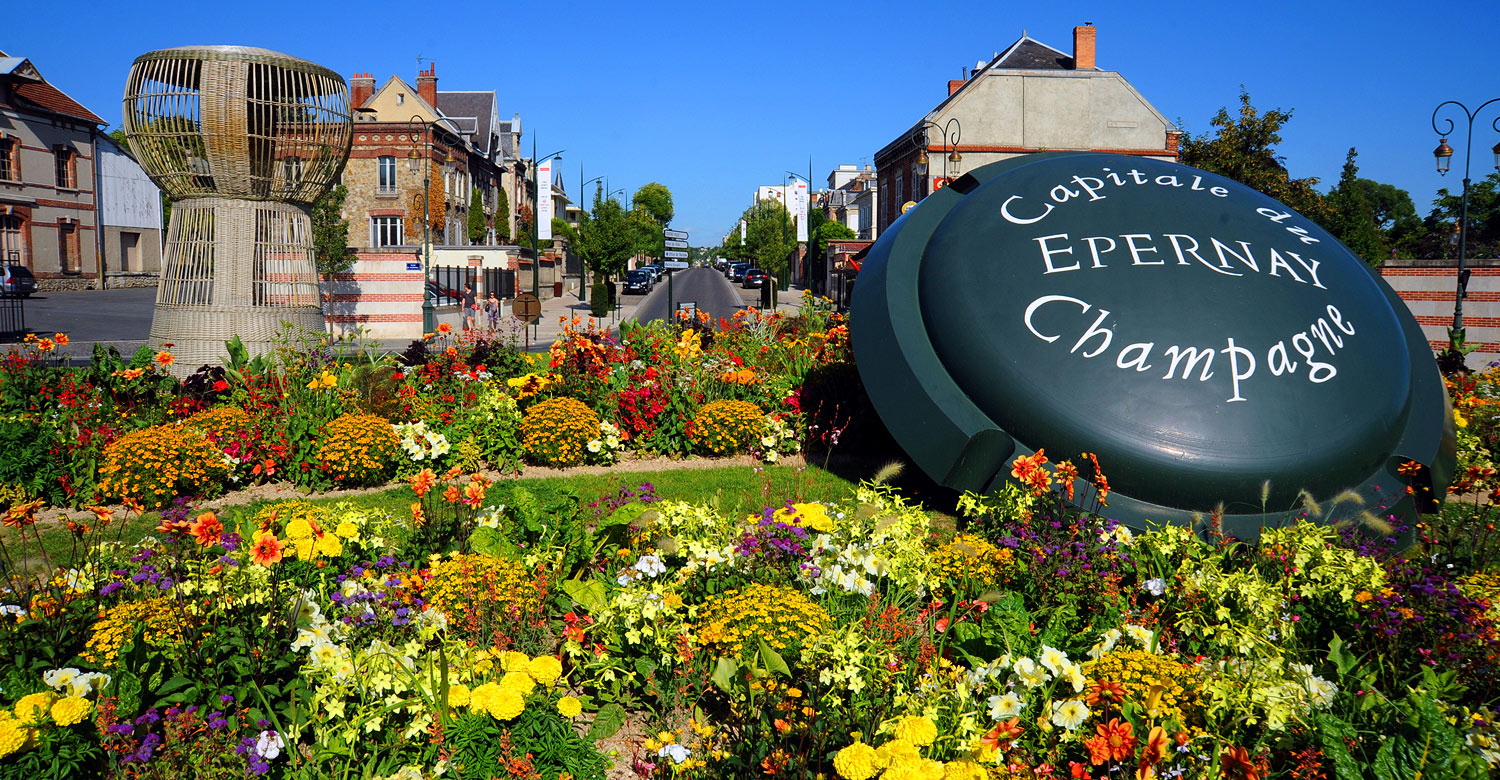

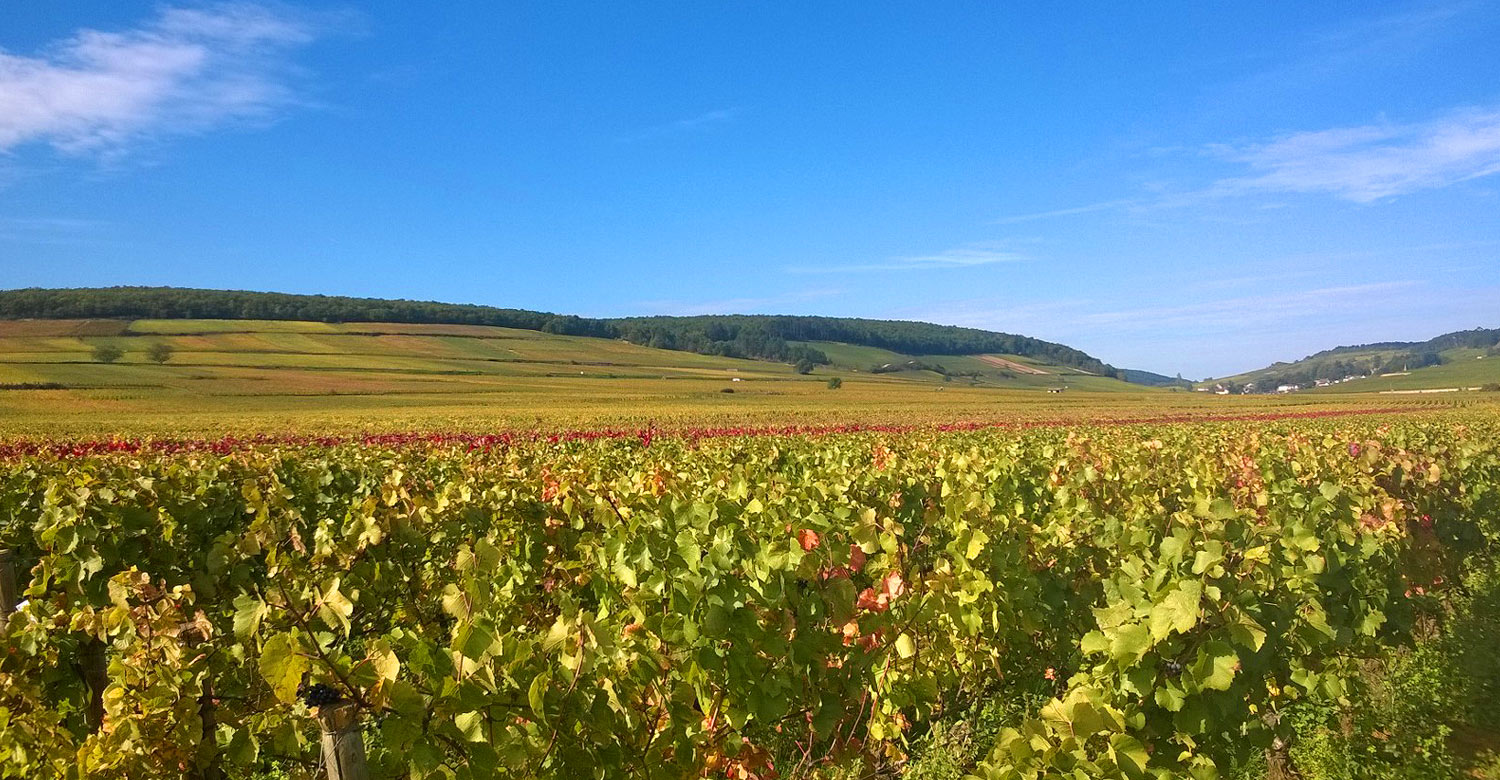
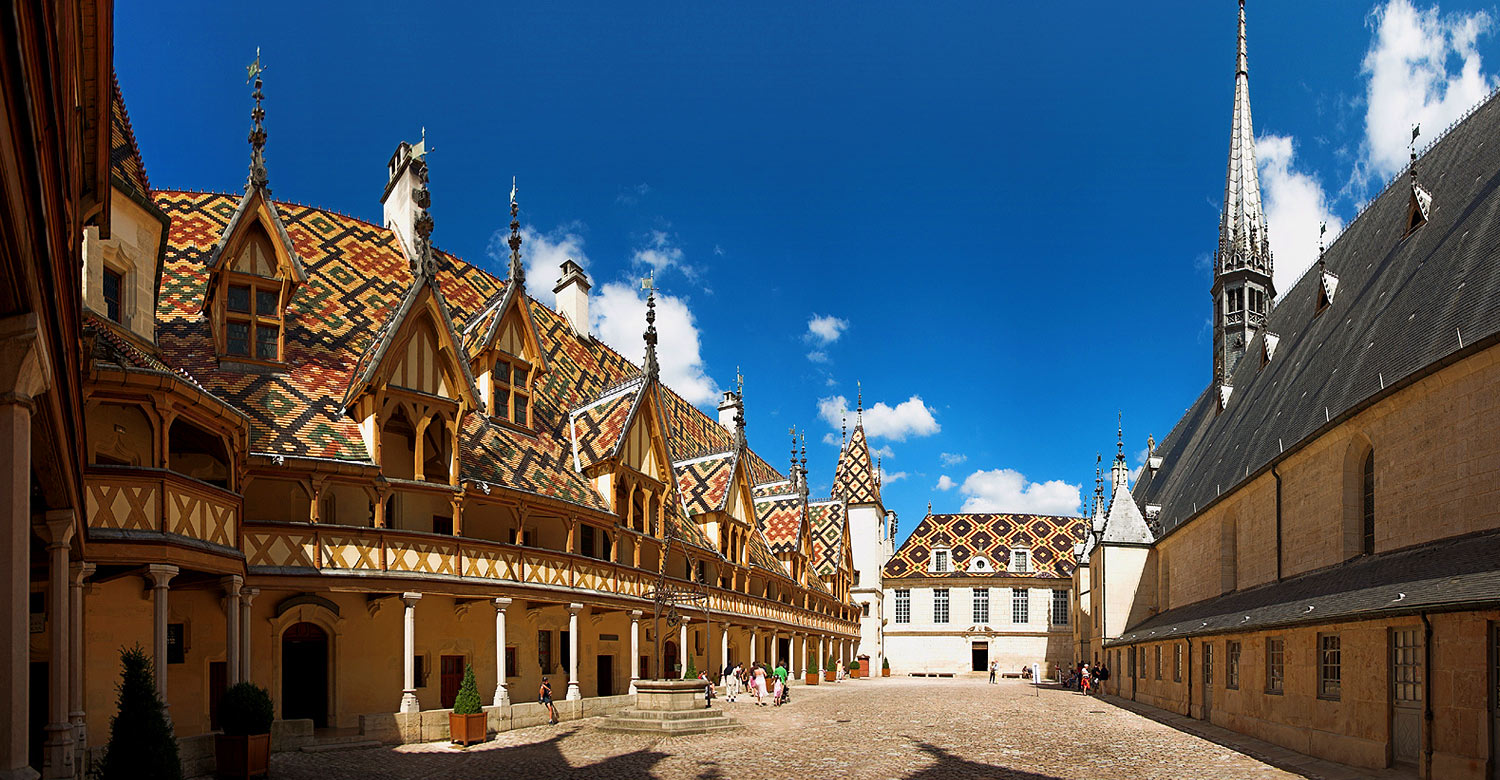



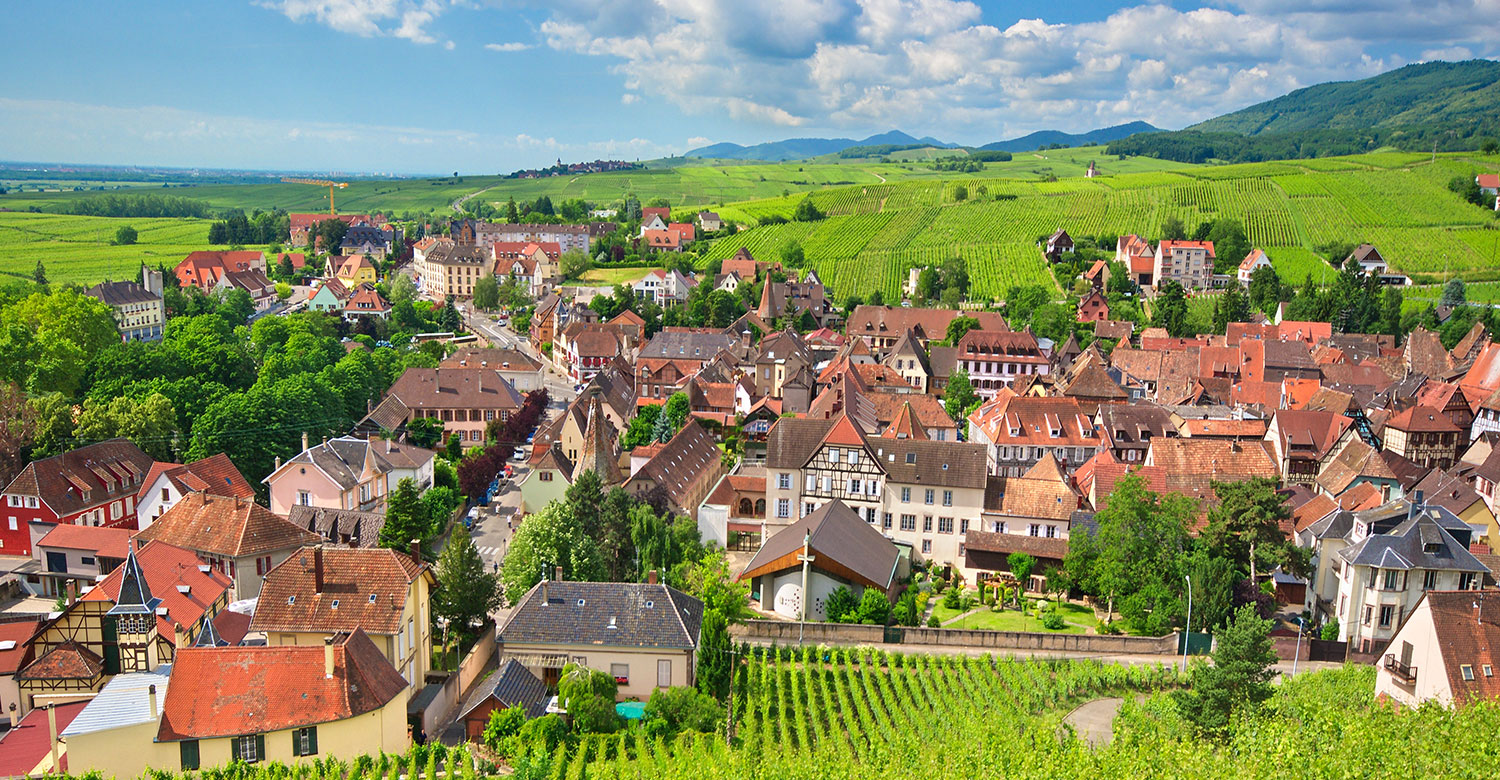_1500x780.jpg?auto=format)
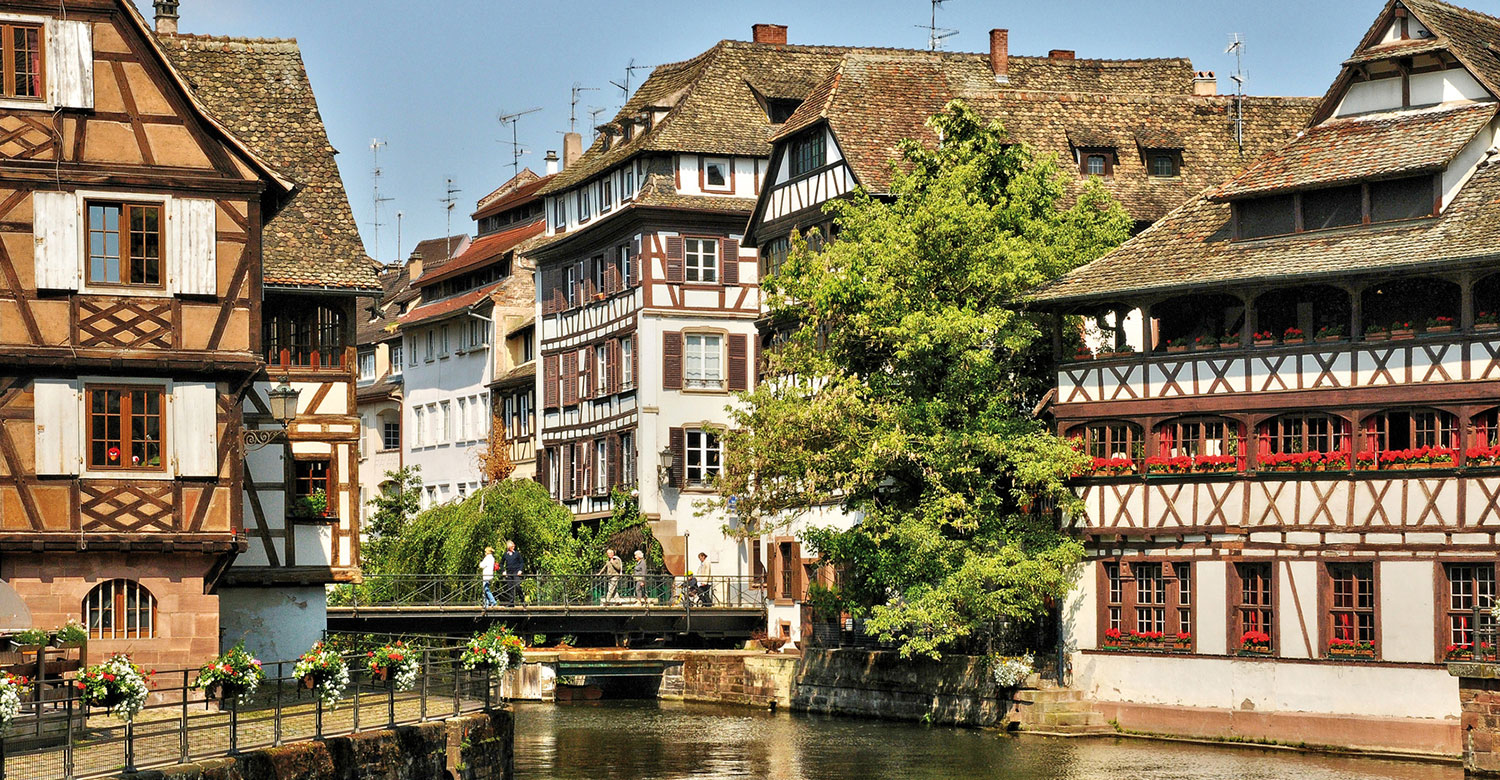_1500x780.jpg?auto=format)
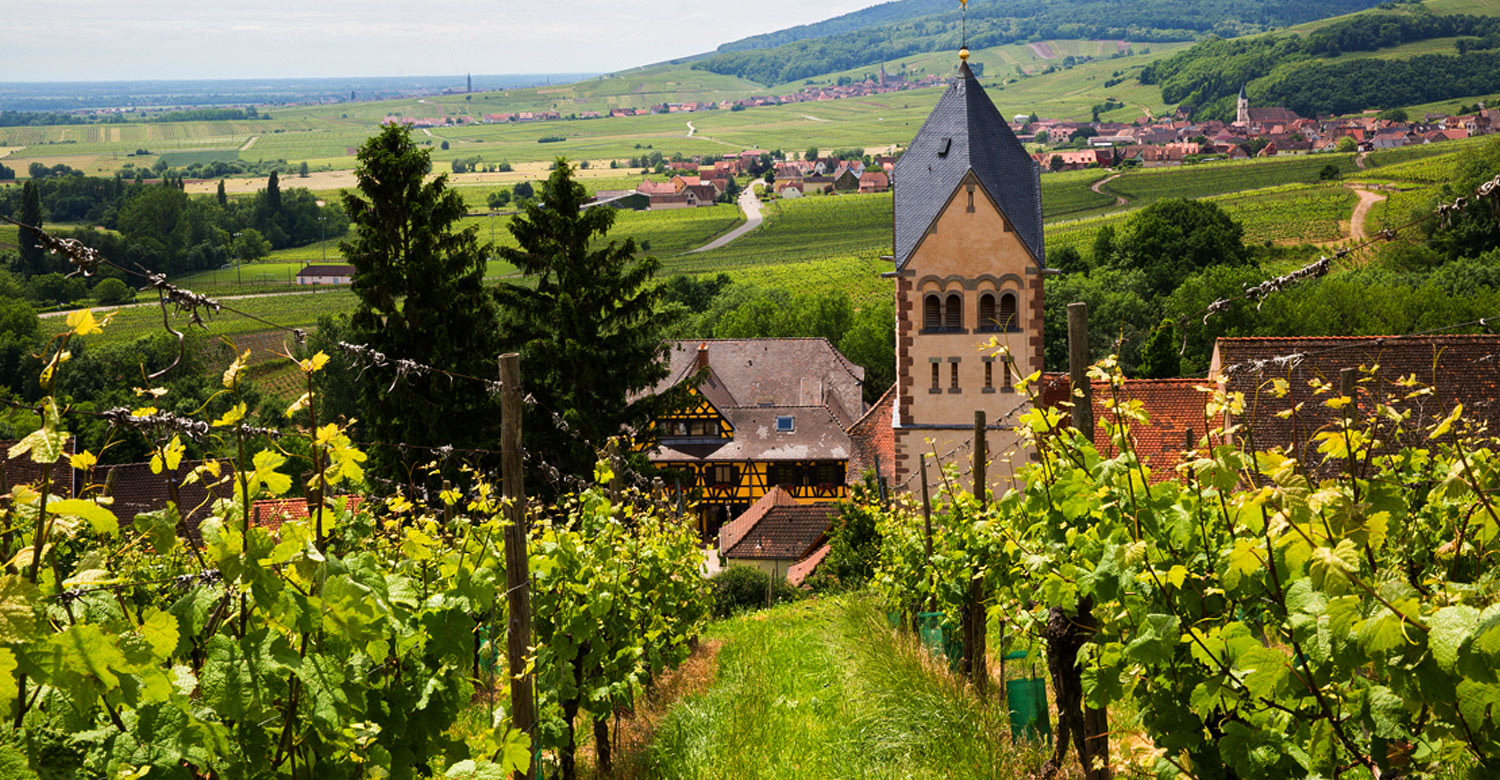

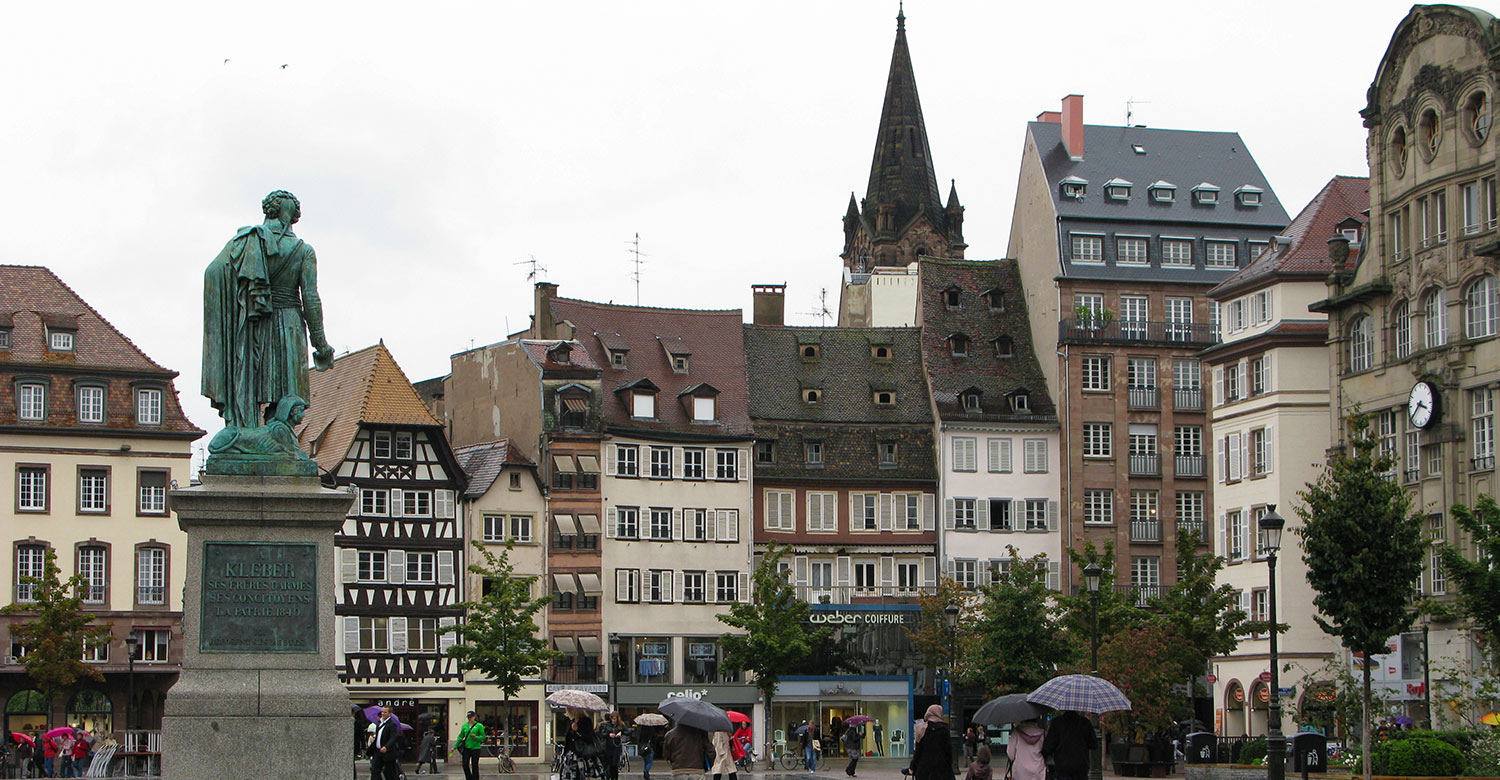
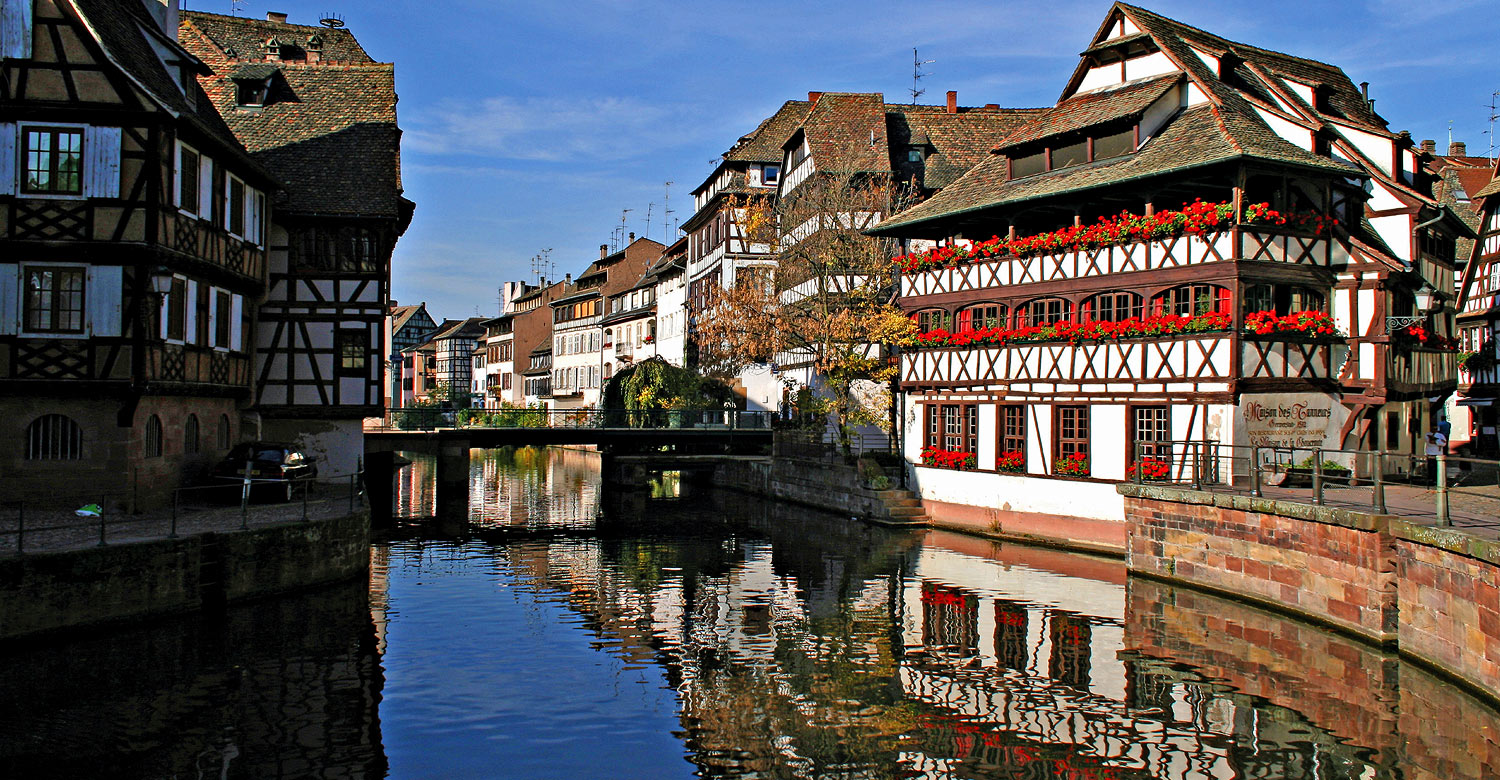

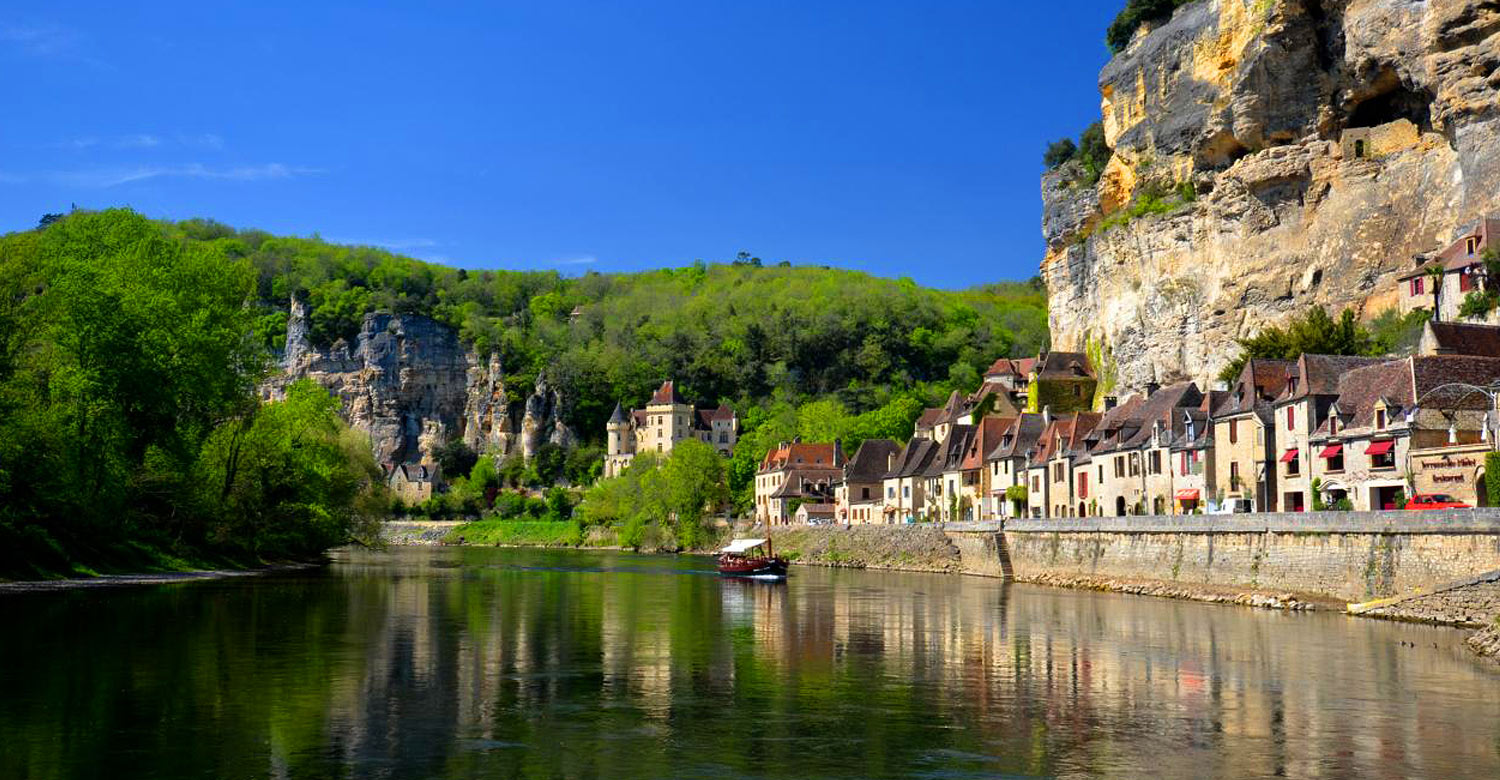
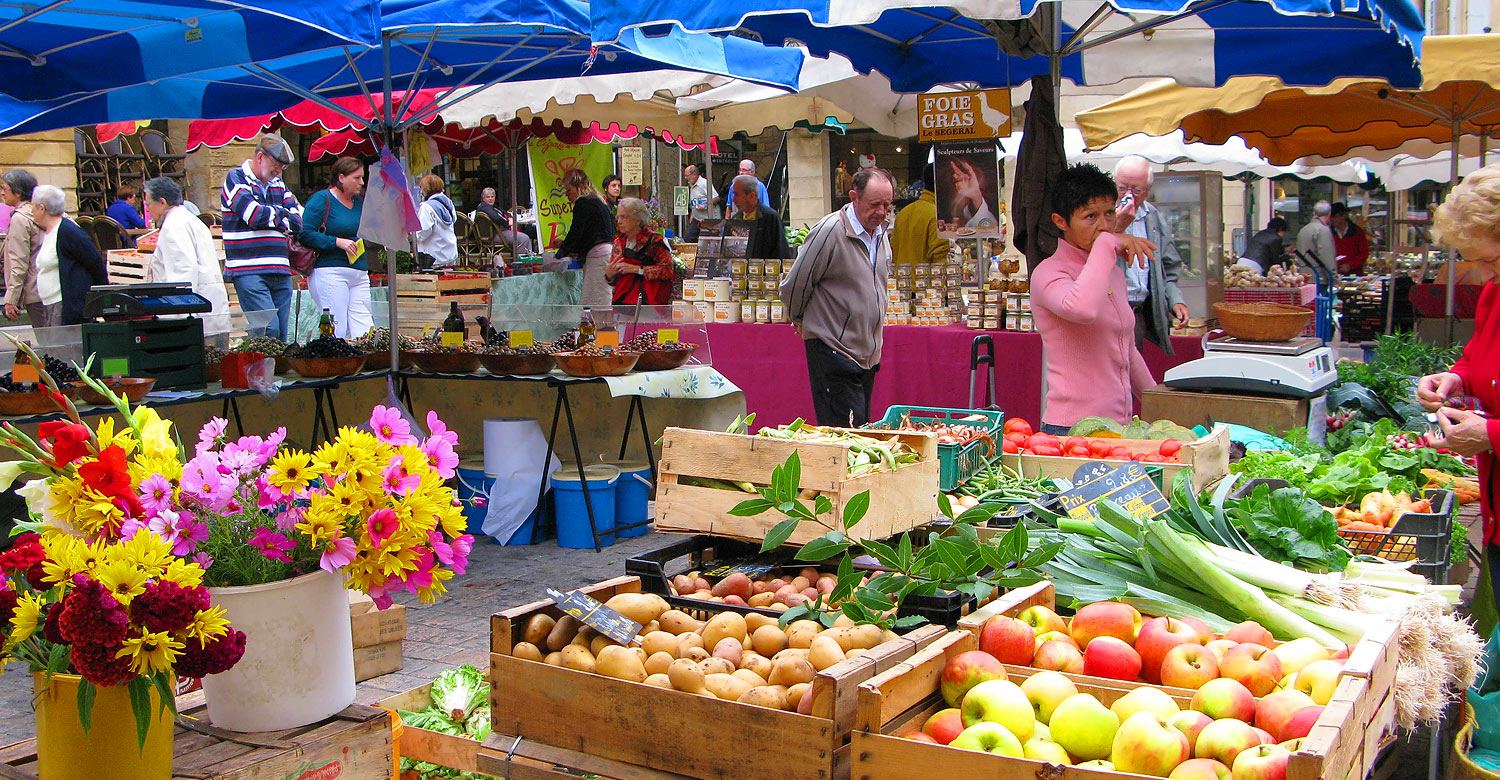
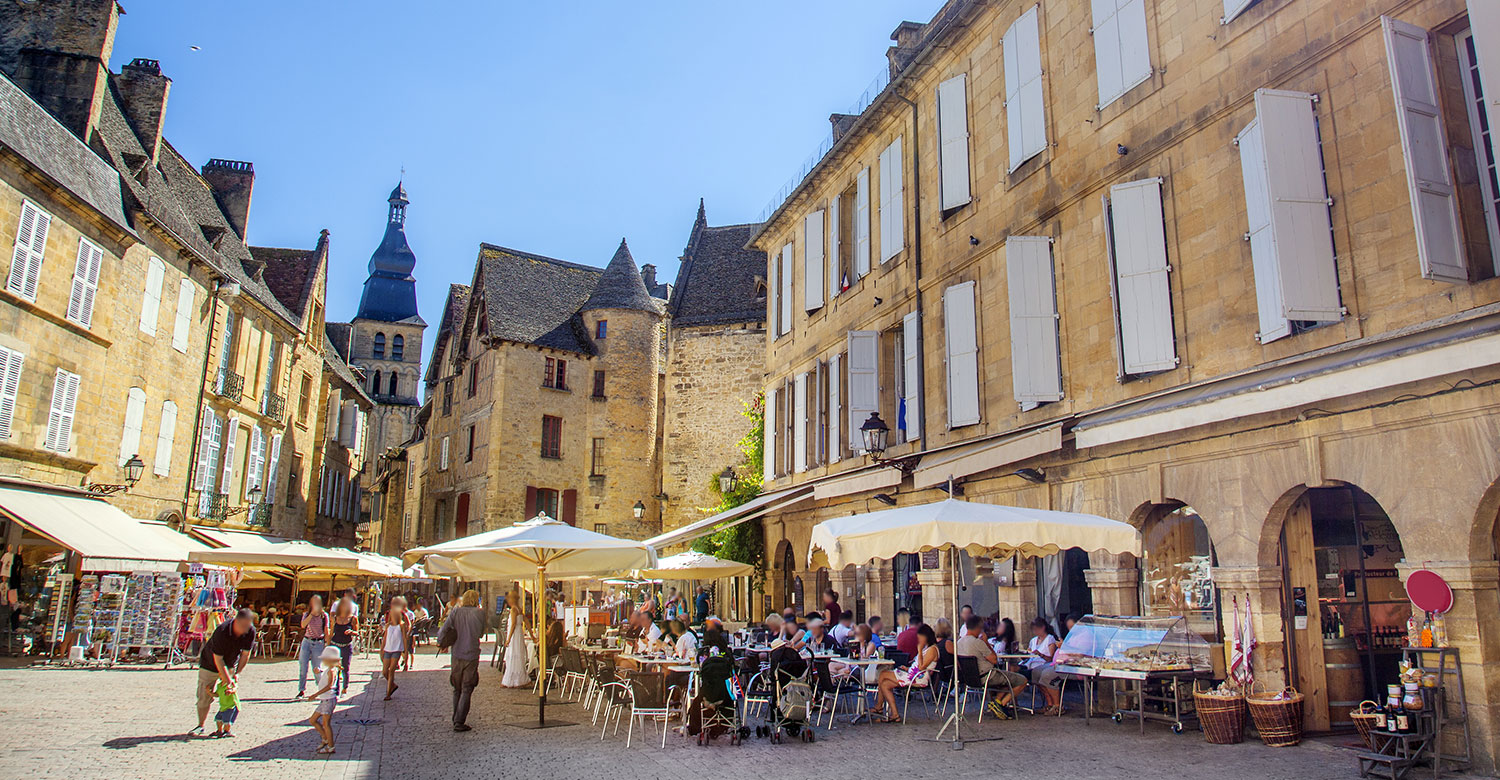_1500x780.jpg?auto=format)
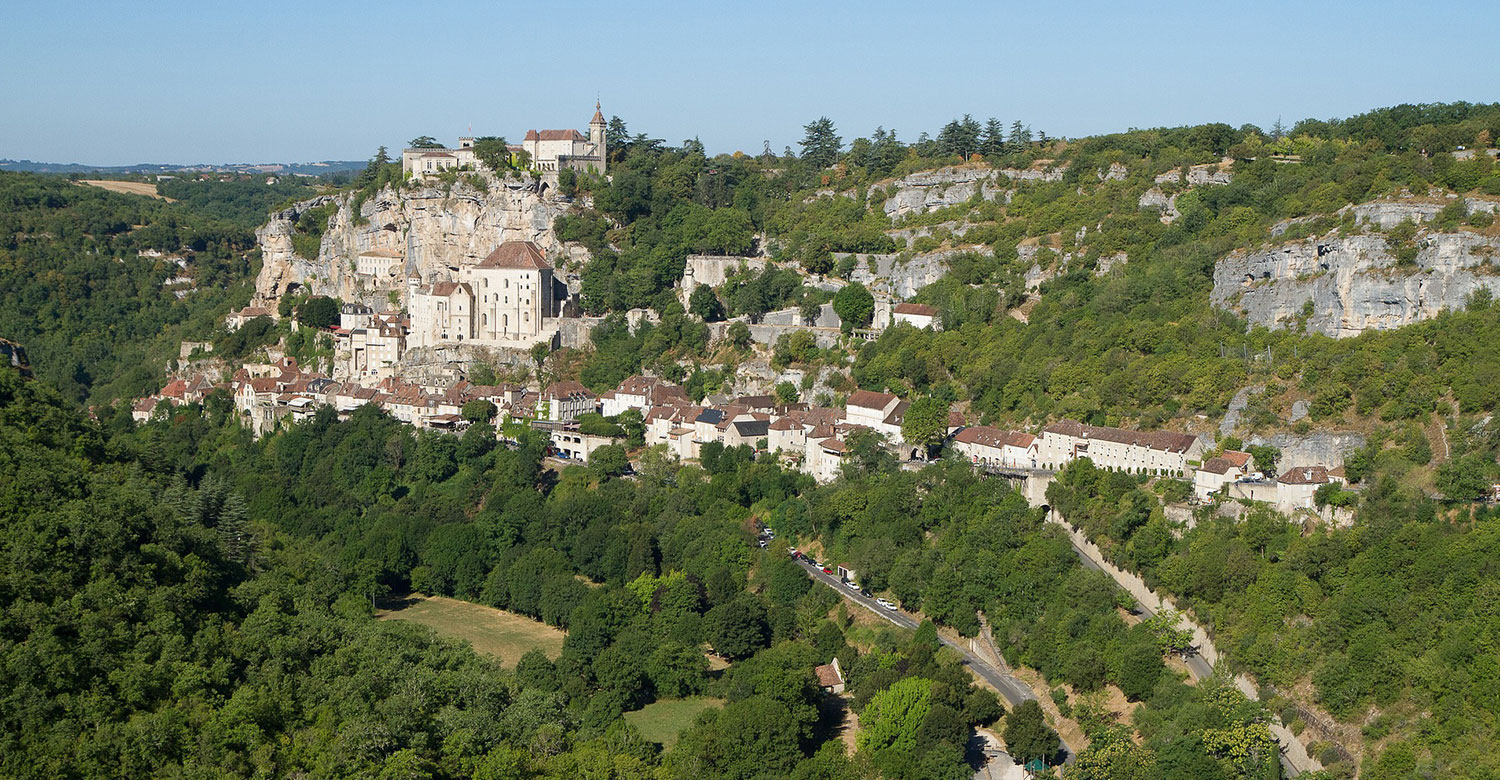
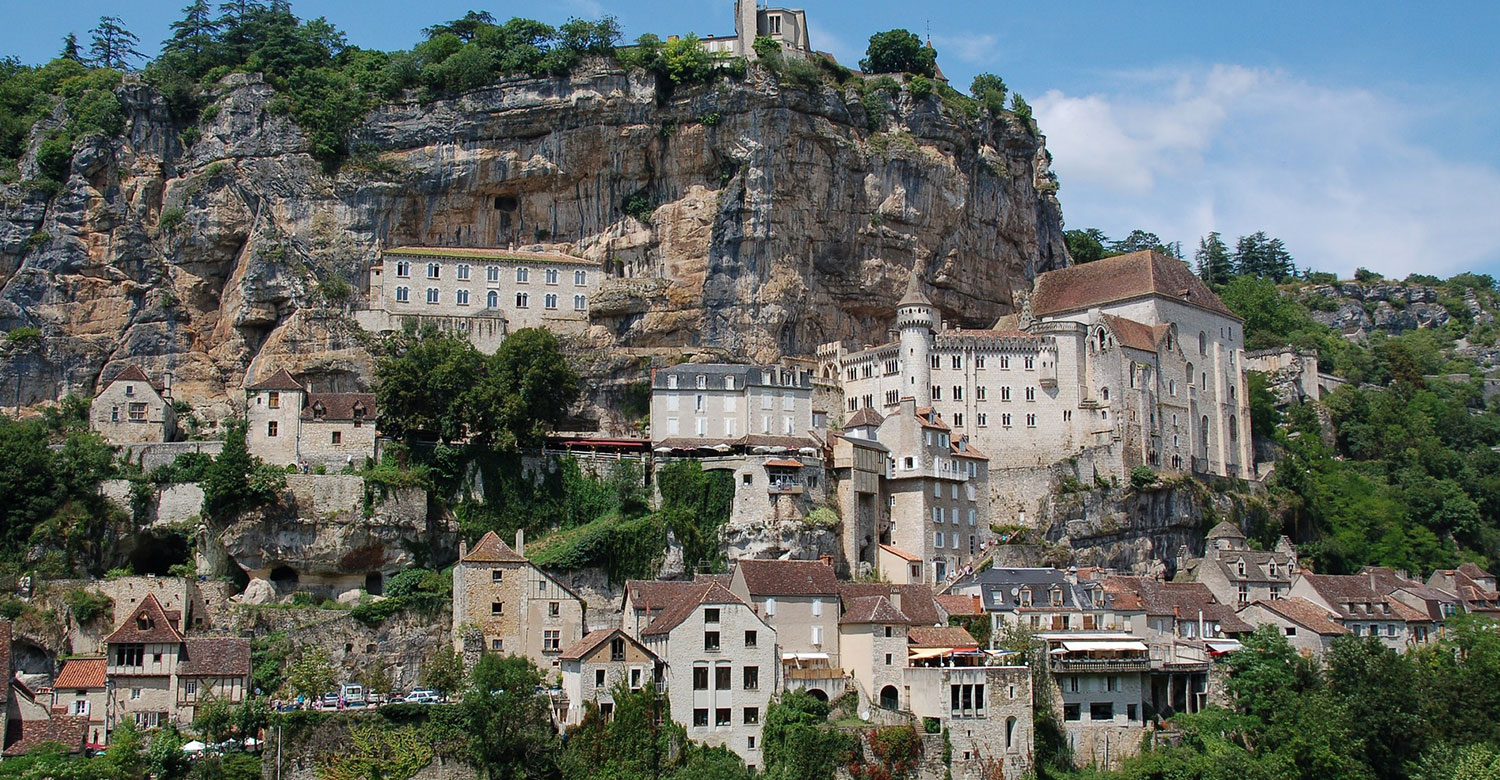
_1500x780.jpg?auto=format)
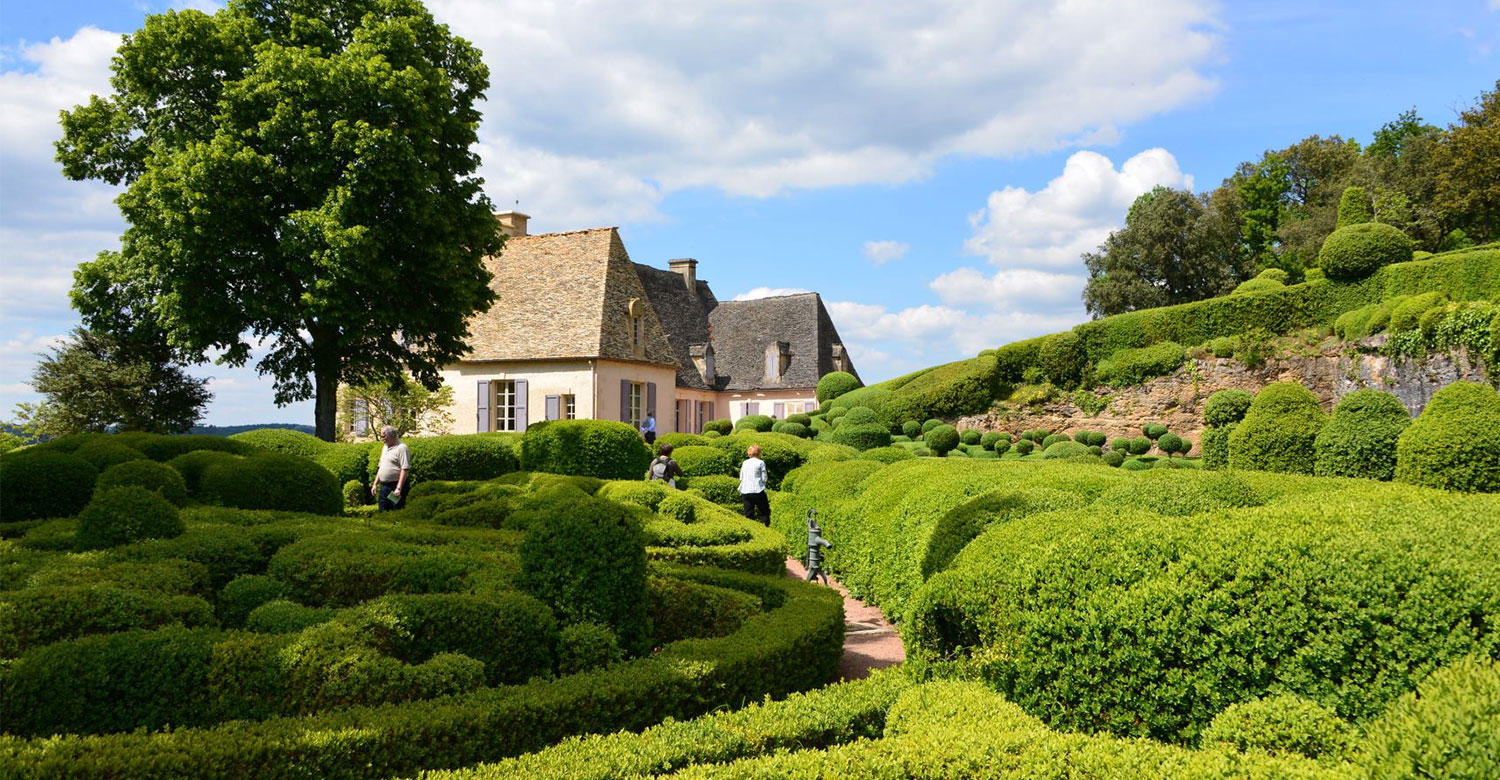_1500x780.jpg?auto=format)
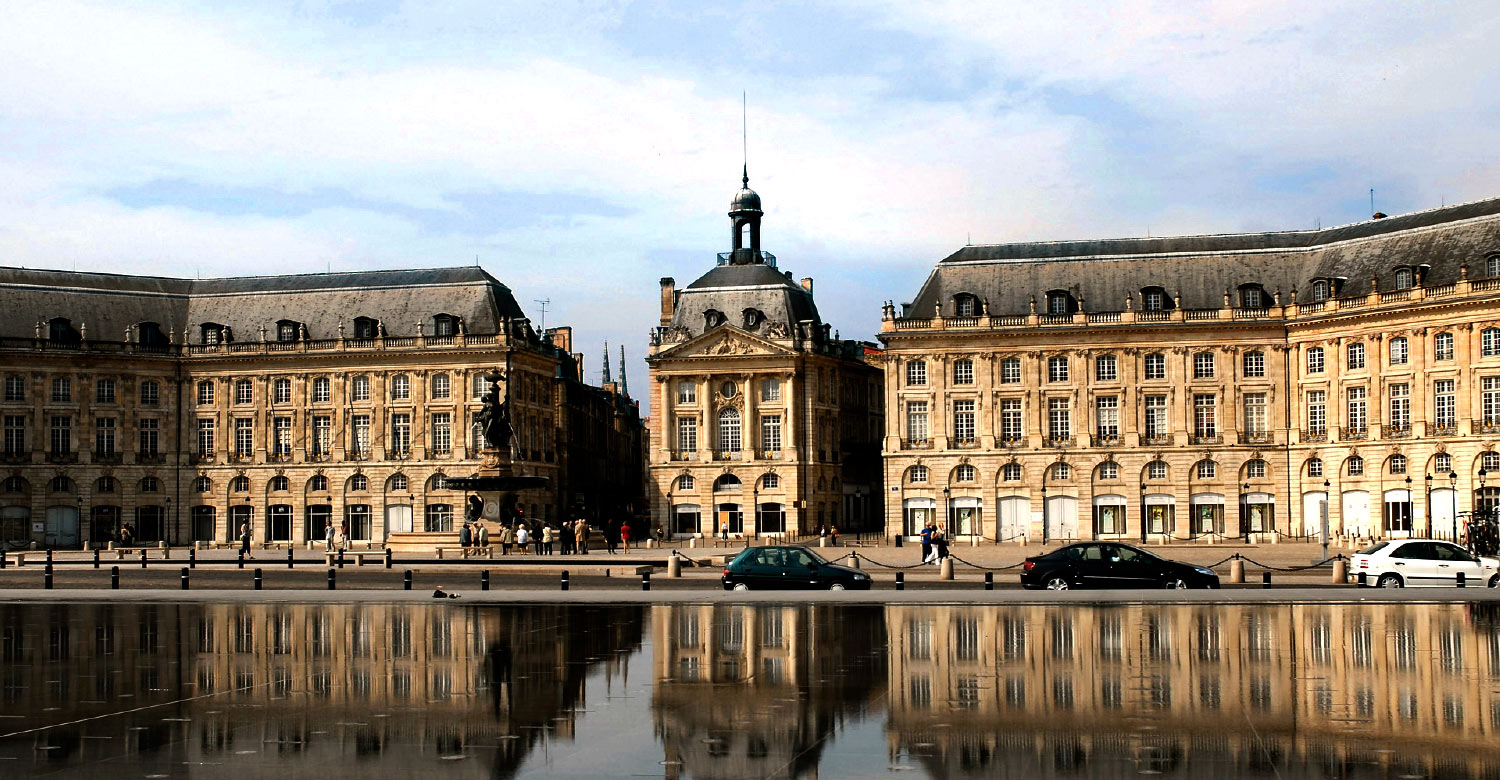
_1500x780.jpg?auto=format)
_1500x780.jpg?auto=format)

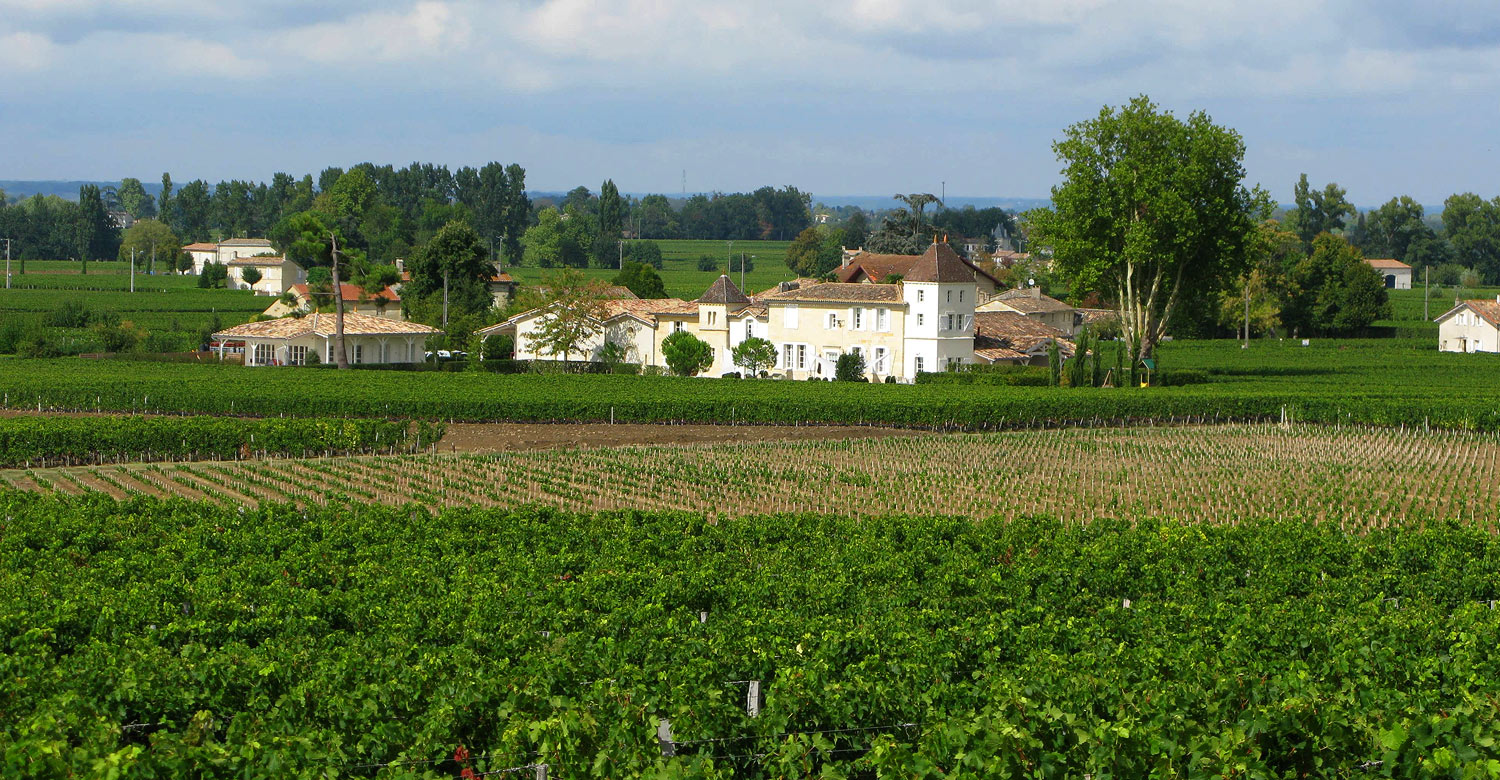
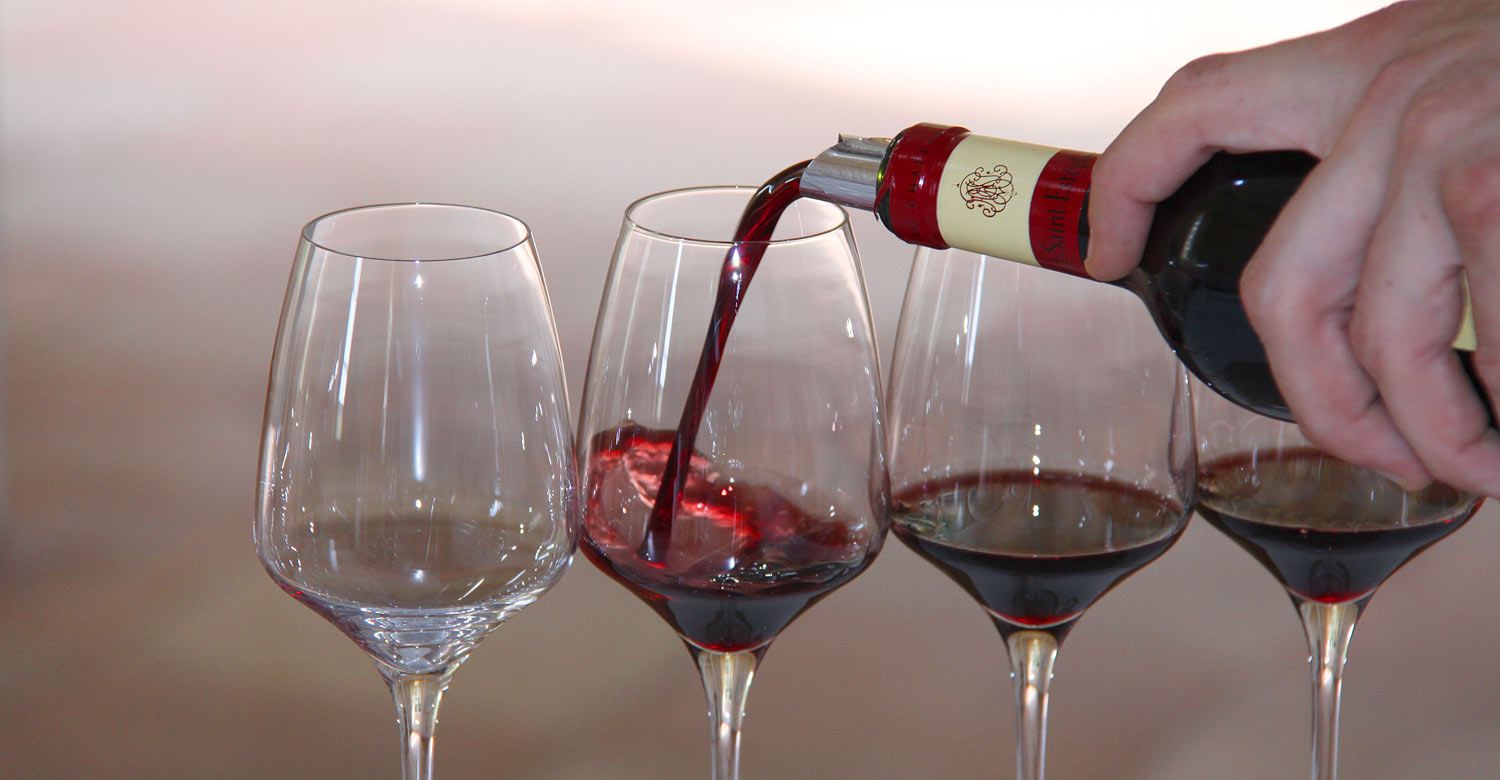
_1500x780.jpg?auto=format)






